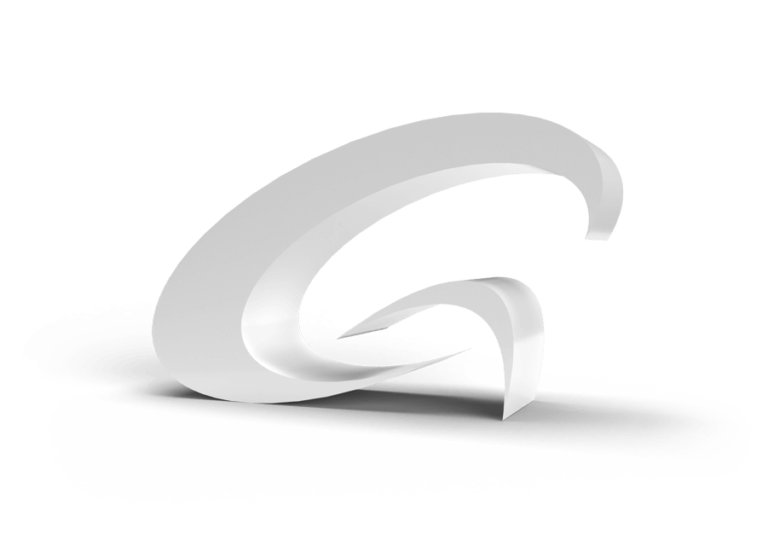Home / Analytical Instruments / Elemental Analysis
Elemental Analysis
Get a complete picture of the elements of interest through a suite of best-in-class instrumentation. From routine quality control to research and development, our elemental analysis products enable you to take your materials analysis to new levels.
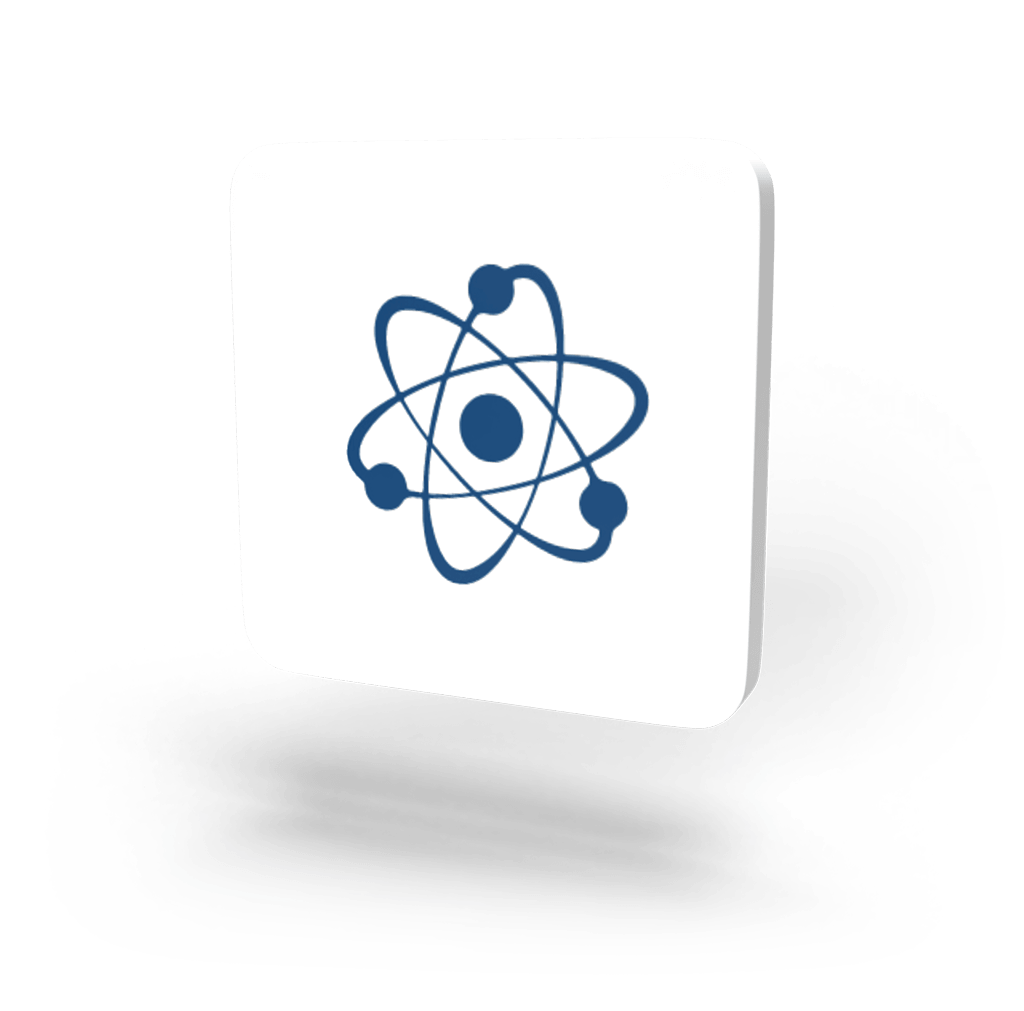
FEATURED INSTRUMENT
Bruker S2 PUMA EDXRF
The Bruker S2 PUMA EDXRF is the most adaptable and powerful EDXRF benchtop solution for your analytical needs.
Elemental Analysis Instruments
Explore all our Elemental Analysis systems.
Bruker
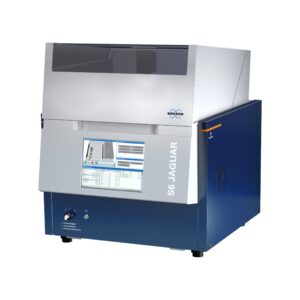
Bruker S6 JAGUAR WDXRF
The Bruker S6 JAGUAR WDXRF combines excellent analytical performance with compact size and Plug-and-Analyze installation.
Bruker
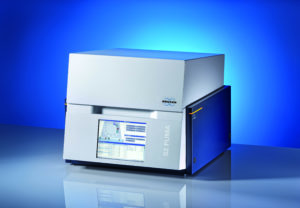
Bruker S2 PUMA EDXRF
The Bruker S2 PUMA EDXRF is the most adaptable and powerful EDXRF benchtop solution for your analytical needs.
Bruker
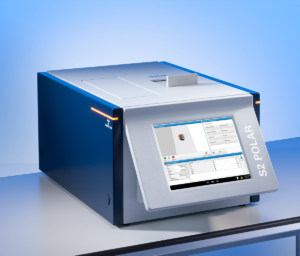
Bruker S2 POLAR EDXRF
The Bruker S2 EDXRF is a high-performance, multi-element benchtop EDXRF analyzer for the petrochemical industry.
Bruker
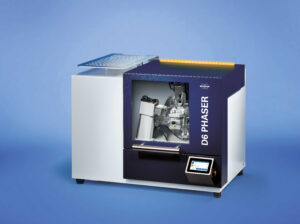
Bruker D6 PHASER XRD
Bruker D6 PHASER XRD is a groundbreaking benchtop XRD that offers advanced analytical methods beyond powder diffraction.
Agilent Technologies
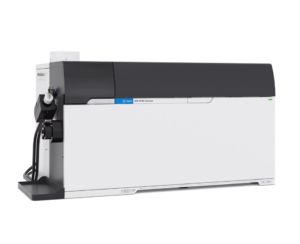
Agilent 8900 ICP-MS
Agilent 8900 ICP-QQQ covers applications from routine contract analysis to advanced research and high performance materials analysis.
Agilent Technologies
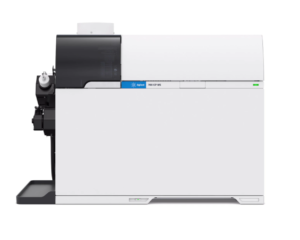
Agilent 7900 ICP-MS
Agilent 7900 ICP-MS has 10x higher matrix tolerance, 10x wider dynamic range and 10x better signal to noise than before.
Agilent Technologies
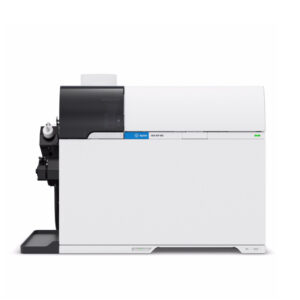
Agilent 7850 ICP-MS
The Agilent 7850 ICP-MS instrument can handle samples with up to 25% solids, reducing the dilution time trap.
Agilent Technologies
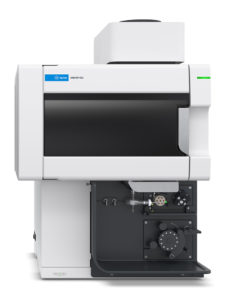
Agilent 5900 ICP-OES
The Agilent 5900 ICP-OES system is an optical emission spectrometer designed for high throughput labs that demand the best.
Agilent Technologies
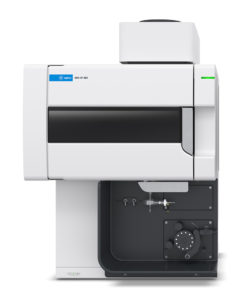
Agilent 5800 ICP-OES
The Agilent 5800 ICP-OES Instrument is an ICP optical spectrometer designed for busy labs looking to reclaim wasted time.


